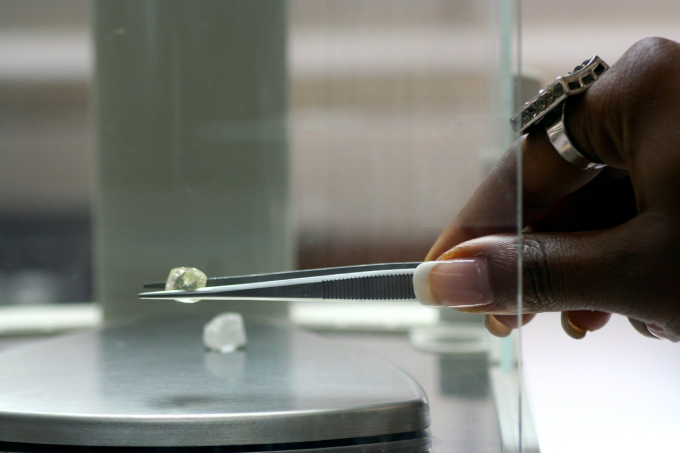
Ganga Júnior spoke at a webinar on the country’s diamond sector, “Resilience, Sustainability and Fiscal Perspective” promoted by the Ministry of Finance and highlighting the projects in Angola’s portfolio, which may contribute to higher production and revenues.
Two years ago (in 2018), this subsector contributed 252.2 million to the country’s budget, a figure that increased considerably in 2019 reaching USD 328.2 million.
The projection and production of kimberlitic diamonds in Angola went from 8 973 680 carats in 2017 to 9 216 802 carats in 2018 and 9 086 659 carats in 2019, while 8 310 000 carats are expected by the end of this year.
With the COVID-19 pandemic, the sub-sector was severely affected and saw its production capacity reduced by 20%, from more than 8 million carats produced until the end of September to an output in the order of 5 890 387 carats of diamonds, of which approximately 3 million are in stock.
This high number of diamonds in stock contributed considerably to the closing of some of the main world markets between March and April last year, with an emphasis on Belgium and India, where 90% of diamond production of Angola is polished.
Even so, Angola aims to position itself as the third largest producer of diamonds in the world, after ALROSA and De Beers, with an output of around 30 million carats per year.
The country’s diamond sub-sector currently has 25 kimberlitic projects (17 secondary and 8 primary) and 13 in production (3 primary and 10 secondary). Taken together, they give 11 762 jobs.
Dias Francisco, correspondent of Rough&Polished in Angola
